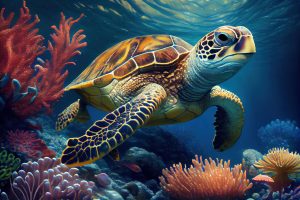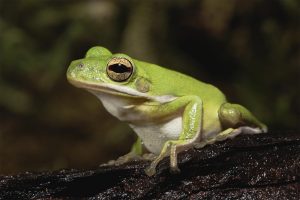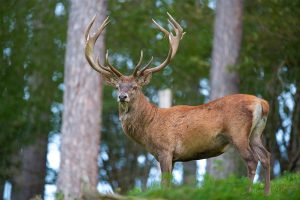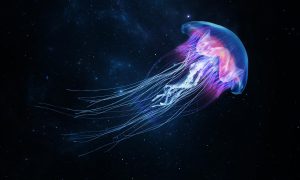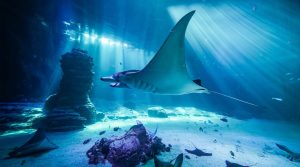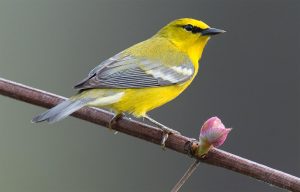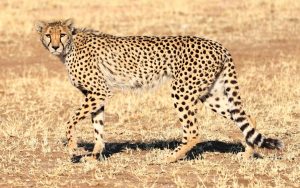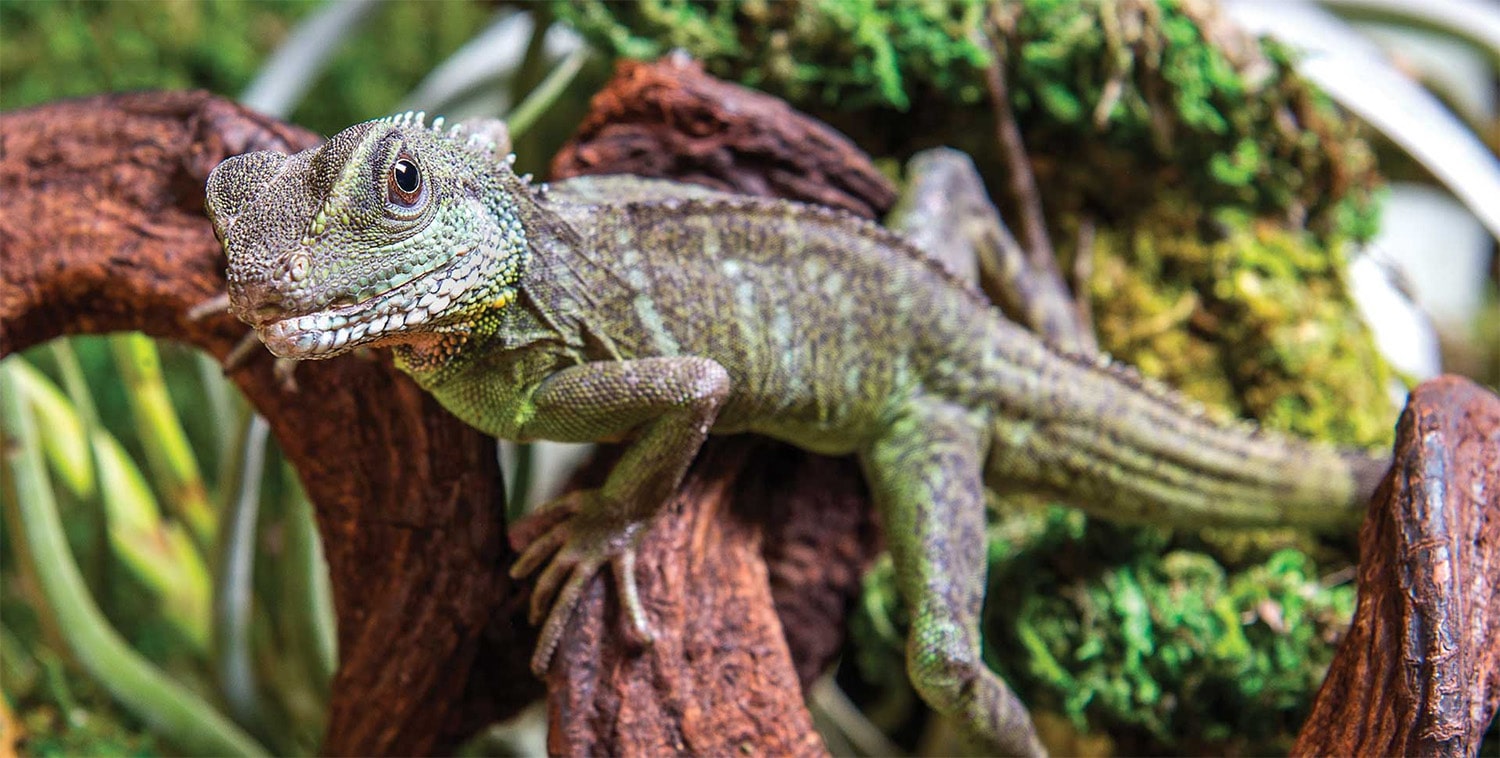
27 interesting facts about water dragons
- 👁️ 877
Water dragons are fascinating reptiles that captivate the interest of many due to their unique behaviors, vibrant colors, and the aquatic habitats they thrive in. These creatures, belonging primarily to the genus Physignathus, are native to Australia and parts of Southeast Asia. Water dragons are known for their ability to swim and dive, using water as a means of escape from predators and as a place to find food. Their diet in the wild consists of a variety of food sources, showcasing their adaptability and predatory skills. Let’s dive into some intriguing facts about the dietary habits and ecological role of water dragons, providing a glimpse into the life of these remarkable reptiles.
- Water dragons are omnivores, feeding on a mix of plants, fruits, insects, and small vertebrates.
- Their diet includes a variety of insects such as ants, crickets, and beetles, which they actively hunt.
- These reptiles also consume small mammals, like rodents, and other smaller reptiles as part of their diet.
- Water dragons have been observed eating fish and amphibians, capturing them in water bodies.
- They consume plant material, including leaves, flowers, and fruits, balancing their diet with vegetation.
- Juvenile water dragons have a higher intake of protein-rich foods like insects to support their rapid growth.
- The diet of a water dragon can vary seasonally, depending on the availability of food sources in their environment.
- Water dragons use their long, sticky tongues to capture prey, a method especially useful for catching insects.
- In captivity, water dragons are often fed a diet that includes leafy greens, insects, and occasionally, small portions of specially formulated reptile food.
- These reptiles are important predators in their ecosystems, helping to control the populations of insects and other small animals.
- Water dragons themselves can fall prey to larger animals, including birds of prey and larger reptiles.
- They have a keen sense of sight and smell, which they use to detect food and predators.
- Water dragons can be territorial, especially males, who may compete for access to food-rich territories.
- Their ability to remain still and camouflaged helps them ambush prey near water edges.
- In addition to natural water bodies, water dragons can be found in urban areas with ponds and gardens, where they adapt to feeding on available food sources.
- Digestion in water dragons is aided by basking in the sun, as the warmth helps to metabolize their food efficiently.
- They have been known to practice cannibalism, with larger water dragons sometimes preying on smaller, younger individuals.
- Water dragons are skilled climbers and may forage in trees and bushes for fruits and insects.
- They require a varied diet to meet their nutritional needs, including calcium for bone health, which is especially important for egg-laying females.
- The presence of water dragons can be an indicator of a healthy, biodiverse ecosystem, as they require clean water and a stable food supply.
- During colder months, water dragons may eat less and become less active, a behavior known as brumation.
- Captive water dragons can suffer from nutritional deficiencies if not provided with a diet that mimics their natural eating habits.
- Water dragons use their strong jaws and sharp teeth to tear apart larger food items.
- They have a specialized valve in their nostrils that allows them to stay submerged in water without drowning, enabling them to catch aquatic prey.
- The social hierarchy among water dragons can influence feeding opportunities, with dominant individuals accessing the best feeding grounds.
- Environmental changes, such as pollution and habitat destruction, can impact the availability of food sources for water dragons.
- Conservation efforts are crucial to ensure the survival of water dragons and the preservation of their natural habitats and food chains.
Water dragons are intriguing reptiles with complex dietary habits that reflect their adaptability to different environments. Their role as both predator and prey highlights the delicate balance within ecosystems where they reside. Understanding the diet and ecological impact of water dragons underscores the importance of conservation efforts to protect these creatures and their habitats. As we continue to learn about water dragons, we gain further insights into the interconnectedness of life and the vital need to preserve the natural world for future generations.

